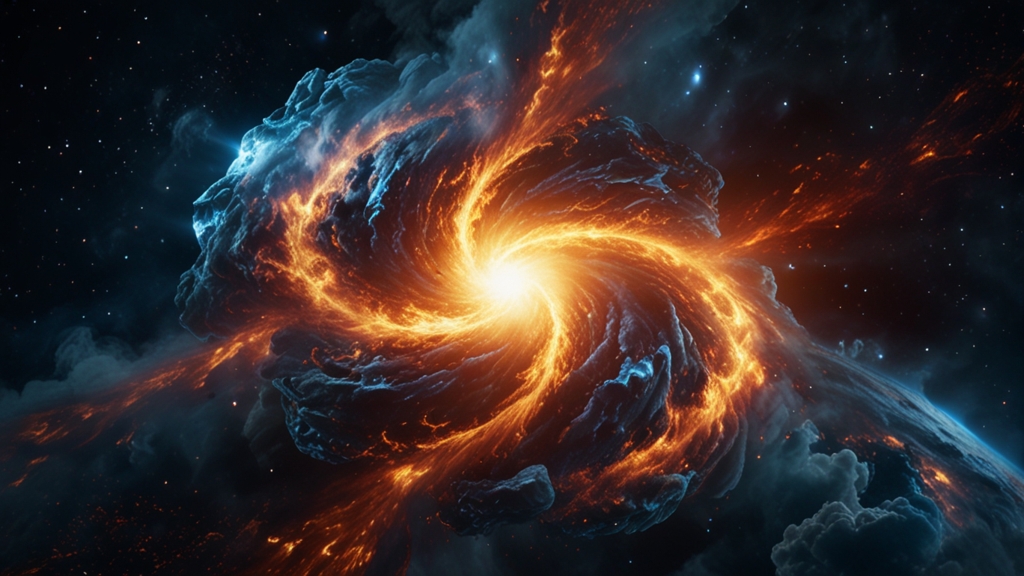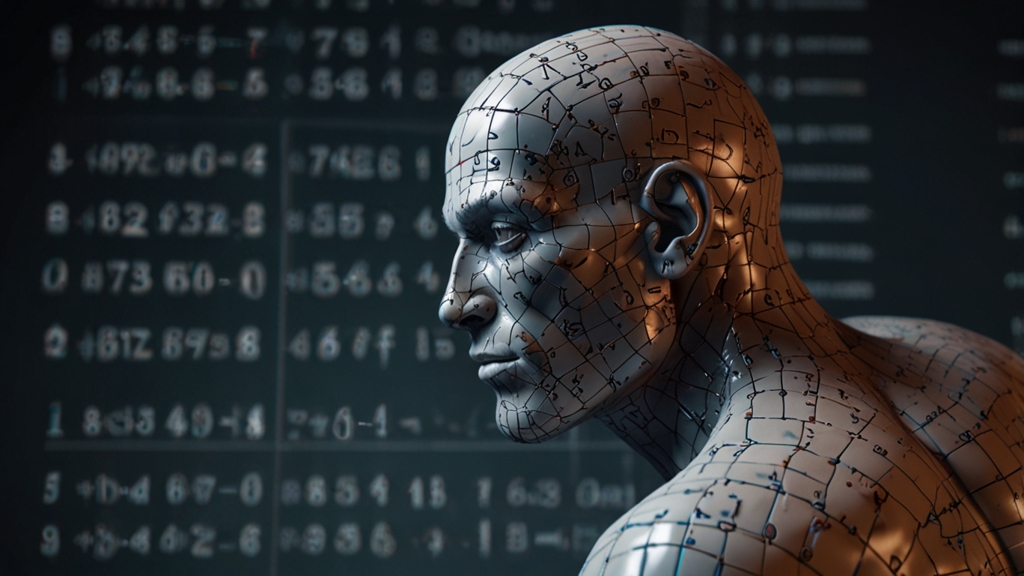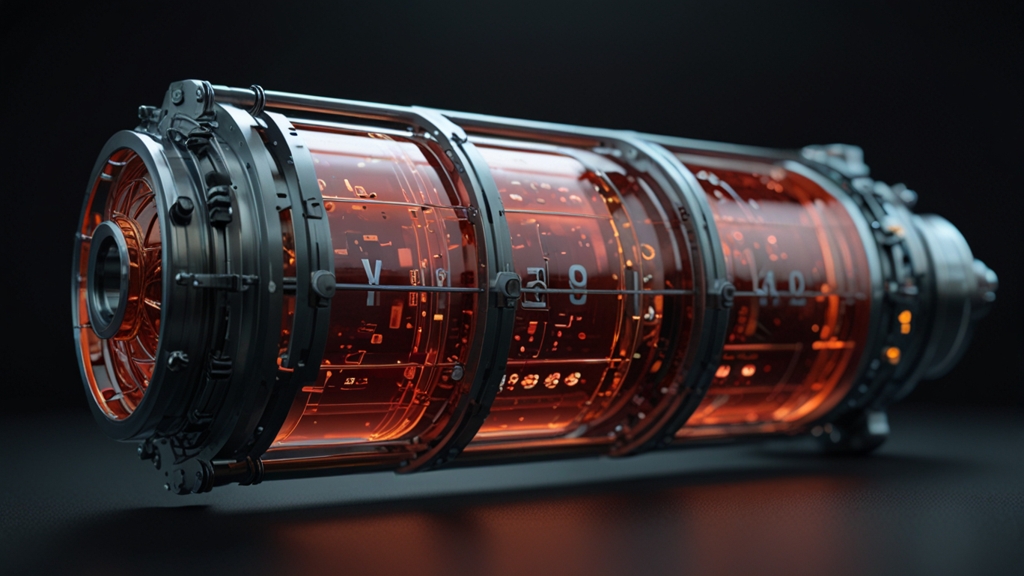Will the Universe End in Fire or Ice? The Most Surprising Theories
The ultimate fate of the universe has been a topic of fascination and speculation for centuries. Scientists, philosophers, and poets alike have pondered how everything we know will eventually cease to exist. Two of the most striking scenarios often discussed are whether the universe will end in fiery chaos or in a cold, frozen state. Let's delve into some of the most surprising theories that propose different endgames for our cosmos.
The Big Crunch: Fire in the Sky
One of the oldest and most dramatic theories about the end of the universe is the Big Crunch. This theory suggests that the gravitational forces holding galaxies together will eventually overcome the universe's expansion. When this happens, all matter will begin to collapse back into itself, ultimately converging into a singular, infinitely dense point. As everything rushes back in, temperatures will skyrocket, leading to a universe-ending inferno.
"The universe, which once expanded into unimaginable vastness, might retract and implode into an intense, fiery singularity, marking a dramatic end."
While the Big Crunch might sound like a fiery apocalypse, recent observations indicate that the expansion of the universe is accelerating, which casts doubt on the likelihood of this scenario. Still, it remains a fascinating and iconic theory discussed in cosmological circles.
The Big Freeze: An Icy Demise
In stark contrast to the Big Crunch is the theory known as the Big Freeze, or Heat Death. According to this hypothesis, the universe will continue to expand forever, driven by dark energy. As it expands, galaxies, stars, and planets will drift further apart, and the overall temperature of the universe will plummet.
In this cold, ever-expanding universe, stellar formation will eventually cease, and existing stars will burn out. Leftover remnants like white dwarfs and black holes will slowly radiate away their energy, leading to a dark and desolate cosmos.
"Imagine a universe so vast and frozen that no new stars form, and the remnants of celestial bodies fade into the darkness. This is the chilling fate proposed by the Big Freeze."
The Big Freeze theory is supported by current cosmological data, particularly the discovery that the universe's expansion is accelerating. If this trend continues, a cold and entropic future seems inevitable.
The Big Rip: Tearing Apart the Fabric of Reality
A more recent and somewhat more violent theory is the Big Rip. According to this scenario, dark energy's repulsive force will eventually become so dominant that it overwhelms all other forces. This would lead to the tearing apart of galaxies, stars, planets, and ultimately even atoms themselves. In the final moments leading up to the Big Rip, the universe would disintegrate into a chaotic storm of particles.
This theory hinges on the nature of dark energy and whether its density remains constant or increases over time. If dark energy continues to grow in influence, the Big Rip could be a plausible endgame.
Quantum Fluctuation and Vacuum Decay: The Ultimate Wildcards
On a more speculative level, some physicists propose that the universe could end through quantum fluctuations or vacuum decay. These scenarios are rooted in the uncertainties of quantum mechanics and our limited understanding of the vacuum state of the universe.
In the case of vacuum decay, a more stable vacuum state could spontaneously form, creating a bubble that expands at the speed of light, annihilating everything in its path. This catastrophic event would be both unexpected and inescapable.
"A sudden quantum event could change the very nature of matter and energy, bringing about an abrupt end to the universe as we know it."
Quantum fluctuation theories are fascinating but remain highly speculative. They highlight the inherent unpredictability of the quantum realm and remind us that the universe might have surprises in store for us that defy our current understanding.
Conclusion
The question of whether the universe will end in fire or ice—or by some other unforeseen mechanism—remains one of the great mysteries of modern science. While the Big Freeze currently appears to be the most likely scenario based on observable data, alternative theories like the Big Crunch, Big Rip, and quantum-induced endings cannot be entirely ruled out.
As we continue to explore the cosmos and deepen our understanding of fundamental physics, we may one day discover the true fate of our universe. Until then, the debate between fire and ice endures, captivating the imagination of scientists and the public alike.











